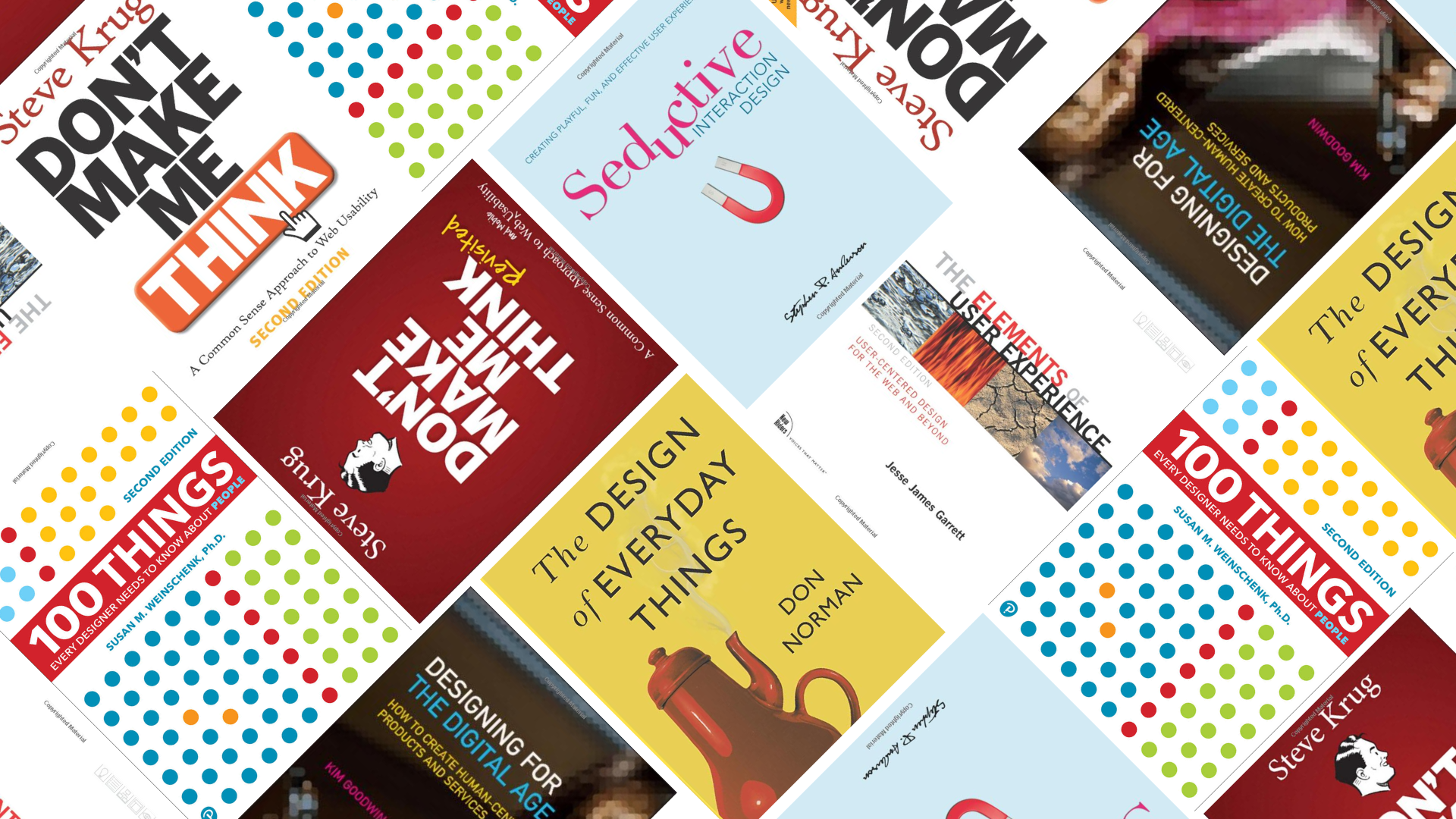Affiliate Disclosure:
Just a heads-up, this blog post contains affiliate links to the UX design books mentioned. This means if you make a purchase through these links, I may earn a commission, at no extra cost to you. Rest assured, I’ve handpicked these books for their value to beginners in the UX design field. Whether you use the links or not, my goal is to provide valuable and insightful content. Happy reading and learning!
Introduction
In today’s digital landscape, User Experience (UX) design holds the key to creating products and services that resonate with users on a profound level. Whether you’re a budding designer or simply curious about the world of UX, embarking on this journey can be both exhilarating and overwhelming. To guide you through the realm of UX design, we have curated a selection of essential UX design books for beginners, all conveniently available for purchase on Amazon. These books offer a treasure trove of insights, strategies, and practical wisdom from seasoned experts, enabling you to establish a solid foundation and set sail on a fulfilling career in UX design.
The Crucial Role of UX Design
Before we delve into the realm of UX design books, let’s first establish a clear understanding of the fundamental role that UX design plays in today’s digital ecosystem. At its core, UX design is the art of crafting seamless, intuitive, and delightful user experiences. It encompasses a spectrum of disciplines, from understanding user needs to designing interfaces that facilitate smooth interactions. As a beginner, grasping the essence of UX design sets the stage for a rewarding journey of learning and growth.
Navigating with the Power of UX Design Books
In the realm of UX design, knowledge truly is power. UX design books serve as compasses that guide beginners through uncharted waters, providing them with structured insights, real-world examples, and actionable strategies. These books go beyond theoretical concepts, offering practical advice on tackling design challenges, making informed decisions, and infusing projects with user-centricity. As you immerse yourself in these books, you’re not just absorbing information – you’re embarking on a transformative voyage of creativity, problem-solving, and innovation.
Unveiling the Treasure Trove: Essential UX Design Books for Beginners
Don’t Make Me Think (by Steve Krug)
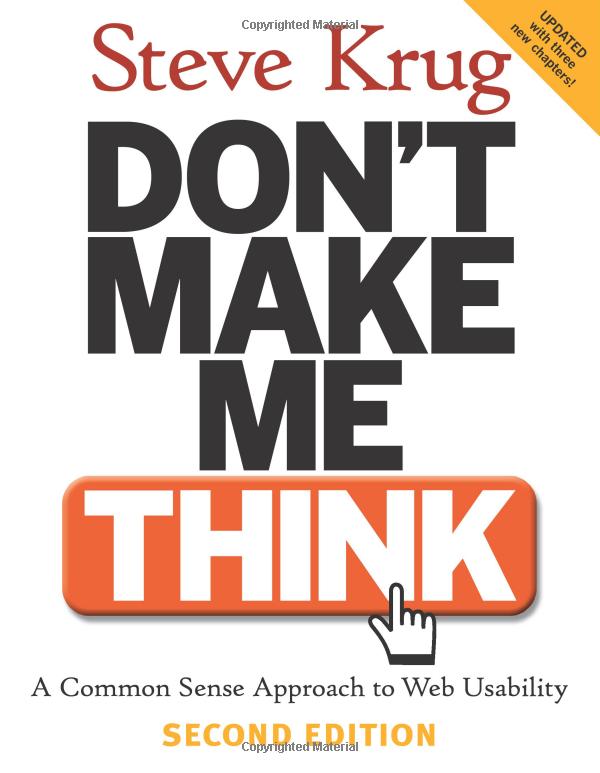
Steve Krug’s seminal work, “Don’t Make Me Think,” stands as a timeless cornerstone in the UX design landscape. Presented in an engaging, conversational style, this book zeroes in on the principles of web usability and intuitive design. Krug’s wit and practical insights make it an ideal starting point for beginners. With a focus on navigation, user testing, and the imperative of clarity in design, you’ll develop a keen understanding of how to create digital experiences that users can effortlessly navigate and enjoy.
The Design of Everyday Things (by Don Norman)
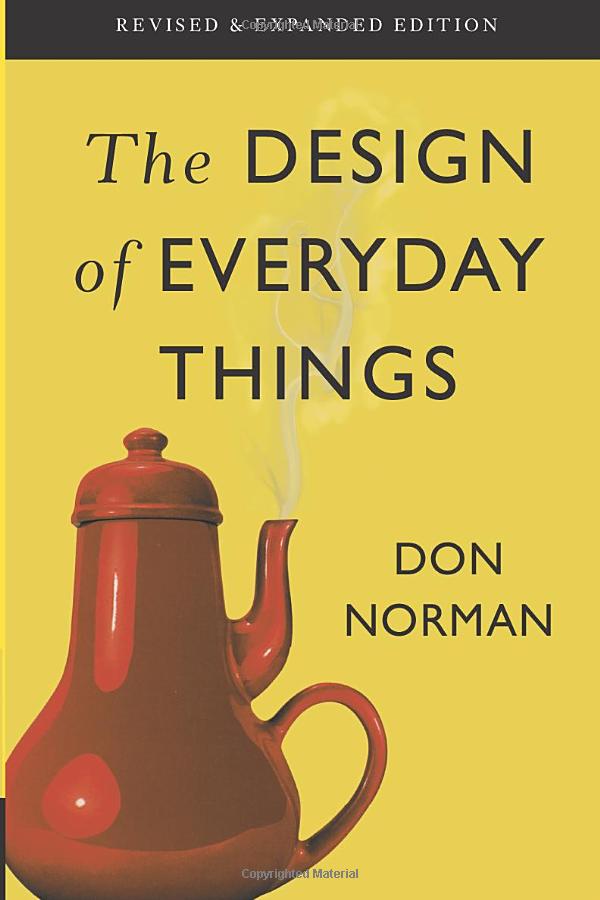
Don Norman’s influential masterpiece, “The Design of Everyday Things,” offers a deep dive into the psychology of design and user behavior. Although not exclusively centered on digital design, the principles explored are profoundly relevant to the world of UX design. Norman introduces the concept of “affordances,” where design elements intuitively communicate their purpose to users. By immersing yourself in the psychology behind design, you’ll gain a fresh perspective on creating intuitive and user-friendly interfaces.
100 Things Every Designer Needs to Know About People (by Susan Weinschenk)
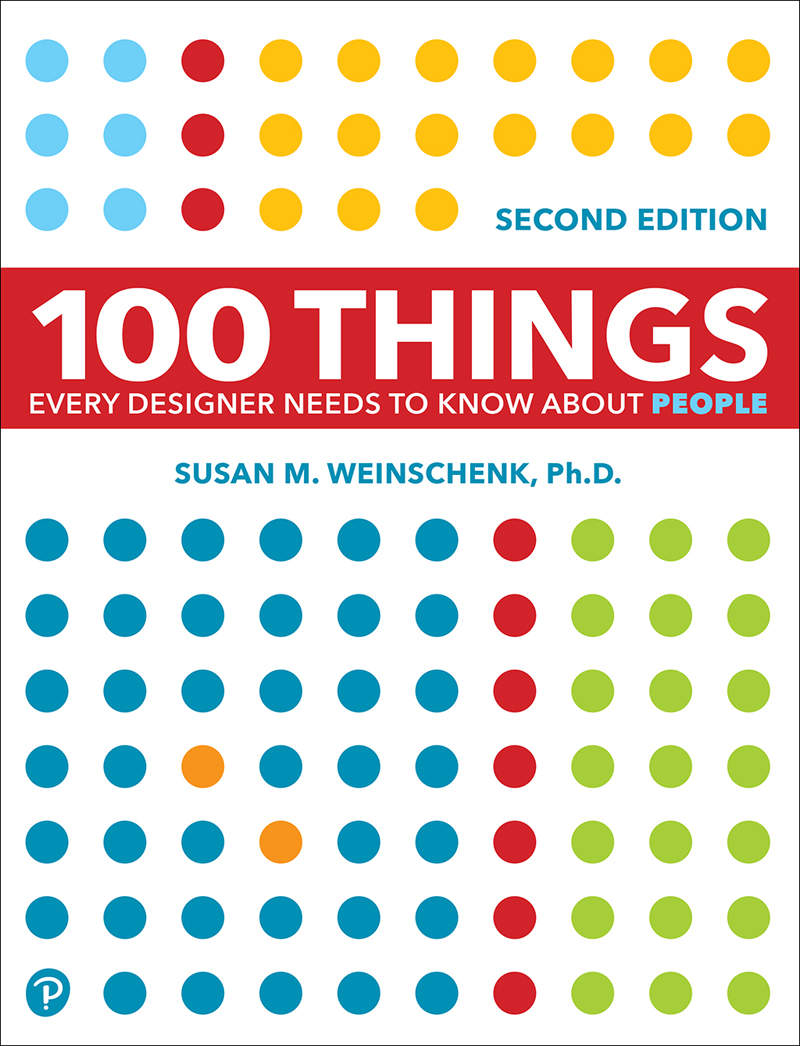
Susan Weinschenk’s book is a treasure trove of psychological insights tailored specifically for UX designers. Presented as a collection of concise chapters, beginners gain a deeper understanding of user behavior, motivation, and decision-making. From the impact of colors to the significance of social proof, this book equips you with a toolkit of psychological principles to enrich your design decisions.
Seductive Interaction Design (by Stephen Anderson)
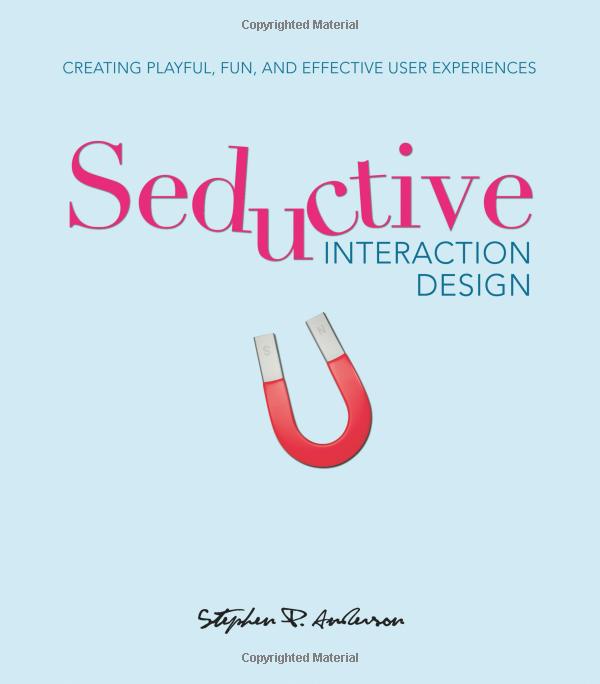
Stephen Anderson’s “Seductive Interaction Design” takes an intriguing angle by delving into the emotional facet of design. As a beginner, you’ll explore how to craft designs that forge emotional connections, thereby enhancing user engagement. Anderson introduces the concept of “gameful design,” where elements of playfulness and interaction contribute to a compelling user experience. By incorporating emotional design principles, you’ll be armed to create interfaces that captivate and inspire users.
Designing for the Digital Age (by Kim Goodwin)
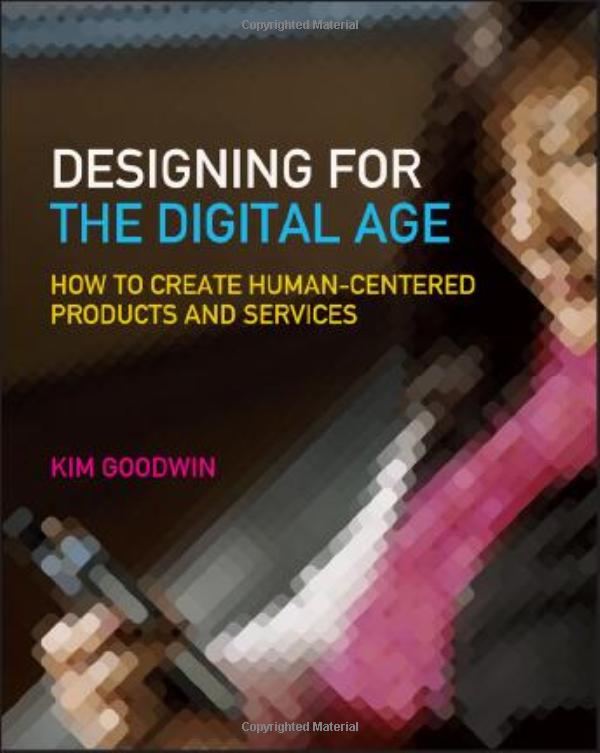
Kim Goodwin’s comprehensive guide to UX design covers the entire design process, providing beginners with a roadmap for crafting user-centric designs. From user research and ideation to prototyping and testing, the book offers a structured framework for navigating the complexities of design. Goodwin’s insights into design strategy, collaboration, and decision-making empower beginners to tackle intricate design challenges with confidence.
Bridging the Gap: Exploring UI/UX Design Books for Beginners
While UX design focuses on the overall user experience, User Interface (UI) design is concerned with the visual and interactive elements of a product. Gaining insights into both UX and UI design is invaluable, as they work in tandem to create exceptional user experiences.
The Elements of User Experience (by Jesse James Garrett)

Jesse James Garrett’s book presents a comprehensive model of the UX design process, consisting of five layers: strategy, scope, structure, skeleton, and surface. For beginners, this model provides a holistic view of how different design elements contribute to the final user experience. Understanding the interconnectedness of UX and UI design equips you to create cohesive and impactful designs.
Don’t Make Me Think, Revisited (by Steve Krug)
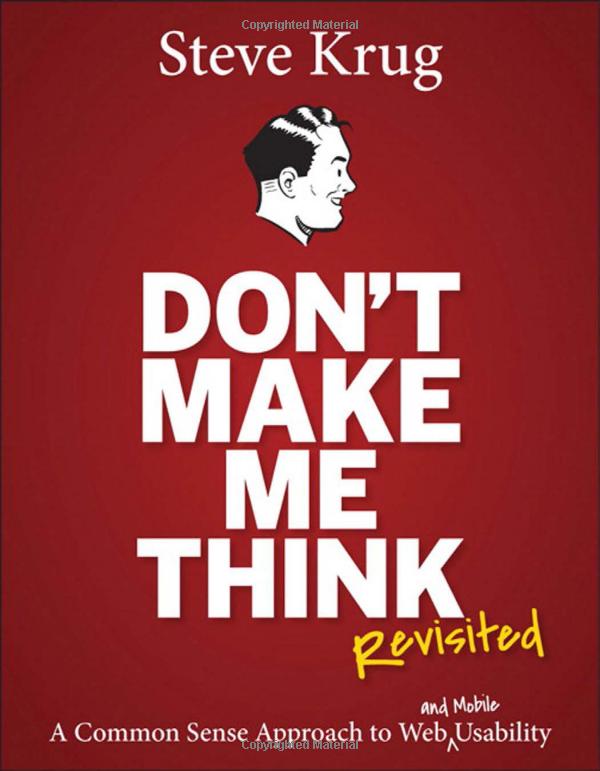
Building upon the success of the original, Steve Krug’s “Don’t Make Me Think, Revisited” addresses the evolving landscape of web design, including mobile and responsive design. This edition equips beginners with insights into designing for various platforms, ensuring a seamless user experience across devices. Krug’s principles of intuitive navigation remain a guiding light for UX designers.
Crafting Your Journey in UX Design
As you embark on your path to becoming a skilled UX designer, remember that learning is a continuous process. While UX design books offer a wealth of insights, hands-on experience is equally vital. Engage in personal projects, seek feedback, and collaborate with peers to refine your skills. Furthermore, consider joining UX design communities and attending workshops to stay abreast of the latest trends and best practices.
Conclusion
The journey to becoming a proficient UX designer is an exciting endeavor fueled by curiosity, dedication, and a commitment to perpetual learning. By immersing yourself in the wisdom shared within these UX design books for beginners, you’re arming yourself with a potent toolkit. With each turn of the page, you’ll gain the confidence to approach design challenges, create memorable user experiences, and contribute your unique perspective to the ever-evolving landscape of UX design.
